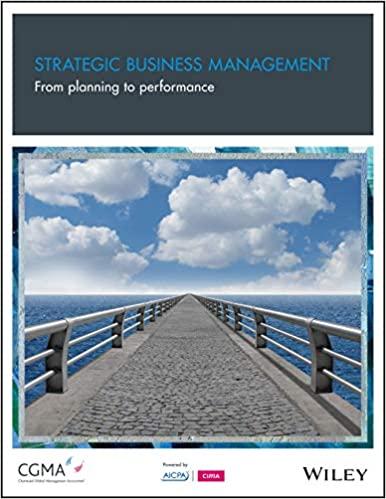6-54. (Complex annuity payments) Milhouse, 22, is about to begin his career as a st for a NASA contractor. Being a rocket scientist, Milhouse knows begin saving for retirement immediately. Part of his inspiration ading an article on Social Security in Time. The article indicated that 35 of 37 the ratio of workers paying taxes to retirees collecting checks will drop dramati- cally in the future. In fact, the number will drop to two workers for every retiree in 2040. Milhouse's retirement plan allows him to make equal yearly contributions, and it pays 9 percent interest annually. Upon retirement, Milhouse plans to buy a new boat, which he estimates will cost him $300,000 in 43 years, which is when he plans to retire (at age 65). He also estimates that in order to live comfortably he will require a yearly income of $80,000 for each year after he retires. Based on his family history, Milhouse expects to live until age 80 (that is, he would like to re- ceive 15 payments of $80,000 at the end of each year). When he retires, Milhouse will purchase his boat in one lump sum and place the remaining balance into an account that pays 6 percent interest, from which he will withdraw his $80,000 per year. If Milhouse's first contribution is made one year from today, and his last is made the day he retires, how much money must he contribute each year to his re- tirement fund? 6-55. (Comprehensive problem) Having just inherited a large sum of money, you are try- ing to determine how much you should save for retirement and how much you can spend now. For retirement, you will deposit today January 1, 2013) a lump sum in a bank account paying 10 percent compounded annually. You don't plan on touching this deposit until you retire in five years (January 1, 2018), and you plan on living for 20 additional years. During your retirement, you would like to receive income of 50,000 per year to be received the first day of each year, with the first payment on January 1, 2018, and the last payment on January 1, 2037. Complicating this objec- tive is your desire to have one final three-year fling during which time you'd like to track down all the original members of Hey Dude and Saved by the Bell and get their autographs. To finance this, you want to receive $250,000 on January 1, 2033, and nothing on January 1,2034, and January 1, 2035, because you will be on the road. In addition, after you pass on (January 1, 2038), you would like to have a total of $100,000 to leave to your children. a. How much must you deposit in the bank at 10 percent interest on January 1, 2013, to achieve your goal? (Use a timeline to answer this question. Keep in mind that the last second of December 31st is equivalent to the first second of January Ist.) b. What kinds of problems are associated with this analysis and its assumptions? 6-56. (Future value of a complex annuity) Springfield mogul Montgomery Burns, age 80, wants to retire at age 100 so he can steal candy from babies full time. Once Mr. Burns retires, he wants to withdraw $1 billion at the beginning of each year for 10 years from a special offshore account that will pay 20 percent annually. In order to fund his retirement, Mr. Burns will make 20 equal end-of-the-year deposits in this same special account that will pay 20 percent annually. How much money will Mr. Burns need at age 100, and how large of an annual deposit must he make to fund this retirement amount








